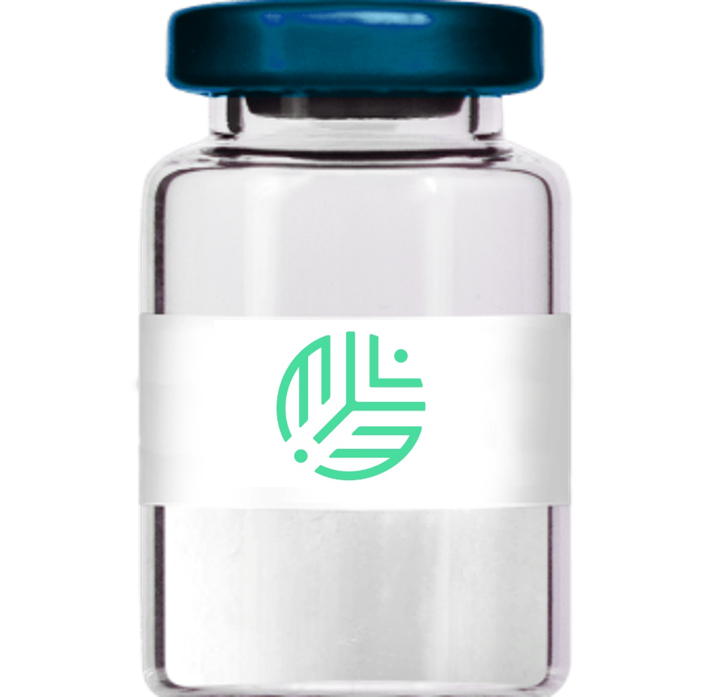With the support of:


Details
Catalog number: RF0102
Format: 50ug, 1 mg
Origin: It is produced by transient expression in non-transgenic plants. Recombinant human EGF is purified by sequential chromatography methods (FPLC). This product contains no animal–derived components or impurities. Animal Free product.
Description: Recombinant Human EGF is a 7 kDa globular protein containing 59 amino acid residues fused to a 6 His tag at N-terminal. EGF is a is a small mitogenic polypeptide which is present in many mammalian species and is distributed throughout a wide number of tissues and body fluids. EGF stimulates the proliferation and differentiation of epithelial cells from skin, cornea, lung and tracheal tissue and the gastrointestinal tract. EGF also promotes growth and migration of keratinocytes and enhances the proliferation of fibroblasts and embryonic cells. It is a member of a growth factor family which is characterized by the presence of 6 conserved cysteine motifs that form three disulfide bonds. The biological effects of EGF are mediated by a specific transmembrane receptor (EGF-R). The binding of EGF to EGFR will induce receptor dimerization, which is required for activating the tyrosine kinase in the receptor cytoplasmic domain. Thus, EGF triggers several signal transduction pathways including JAK/STAT, Ras/ERK and PI3K/AKT pathways. EGF plays an important role in wound healing and organogenesis .In addition to its proliferative effects, it participle of a variety of other bioactivities, including effects on cytoskeletal organization, cell migration and the synthesis and turnover of extracellular matrix molecules.
Species: Human
Purity: > 95% by SDS-PAGE gel
Endotoxin: < 0.04 EU / μg protein (LAL method)
Formulation: Lyophilized PBS pH 7.4. Sterile filtered through 0.2 µm filter.
Reconstitution: Always centrifuge the vial before opening. Lyophilized protein should be reconstituted in water following instructions of batch Quality Control Sheet. At higher concentrations solubility may be reduced and, due to the protein nature, dimmers and multimers generated. Optimal concentration should be determined for specific application.
Storage and Stability: This lyophilized preparation is stable at 2-8º C for short term. For longer storage it should be kept at -20ºC. Reconstituted protein should be stored in working aliquots at –20°C. Repeated freezing and thawing is not recommended.

Human Recombinant Proteins

Human Recombinant Proteins

Human Recombinant Proteins

Human Recombinant Proteins

Human Recombinant Proteins

Human Recombinant Proteins

Human Recombinant Proteins

Human Recombinant Proteins

Human Recombinant Proteins

Human Recombinant Proteins

